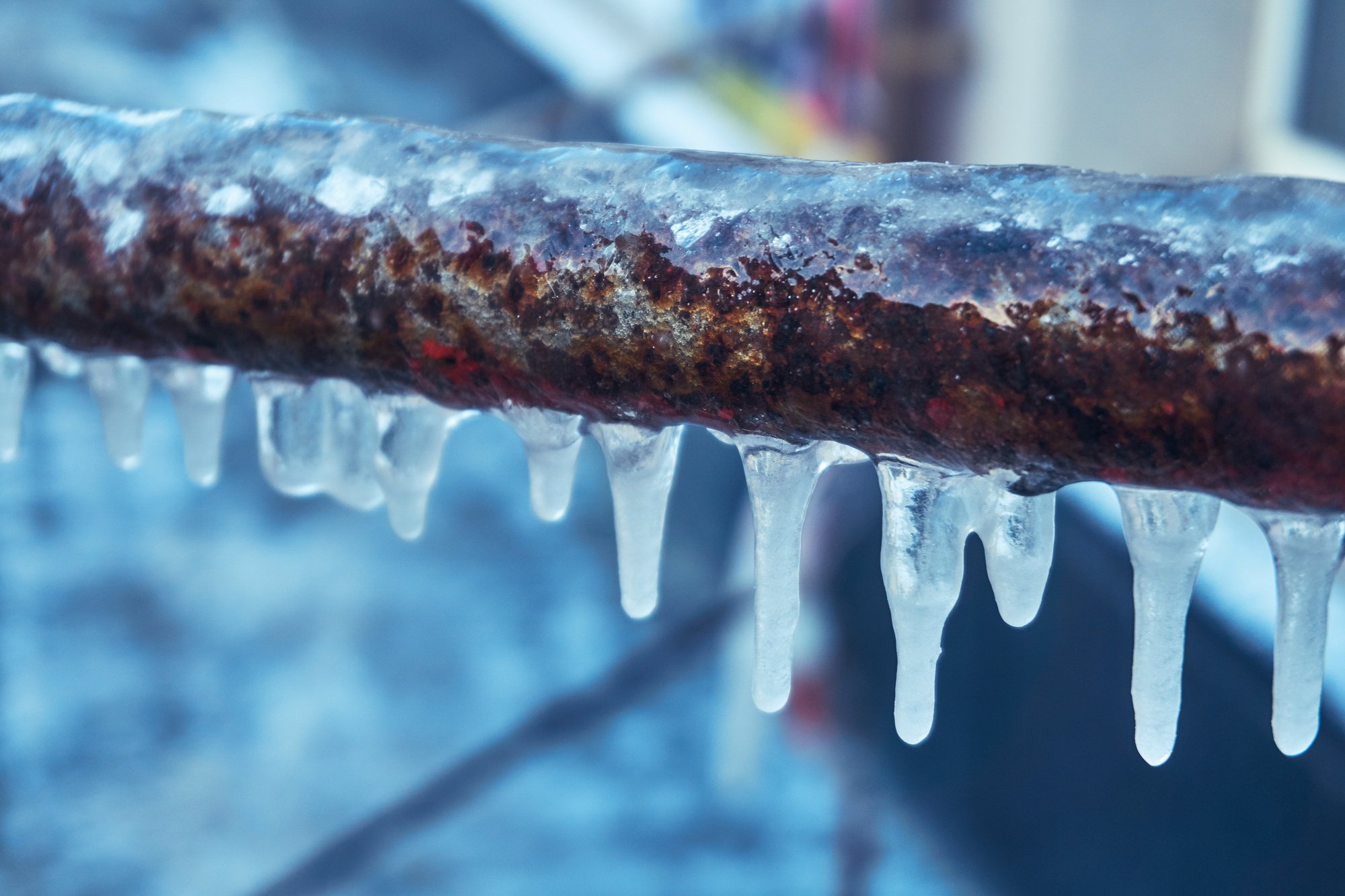Plumbing, Sewer or Drain Problems Clogging up Your Time?
Rely on WaterWork’s quick service and friendly plumbing experts to restore your pipes to perfection in the shortest time possible.
Make An Appointment
Fill out our online form, and one of our friendly, professional plumbers will be at your doorstep anywhere in the Metro Detroit area as soon as possible.
About WaterWork Plumbing
WaterWork Plumbing launched in 2006 with just one truck. Since then, our continuous growth in the Metro Detroit area has allowed us to grow to a fleet of 16 fully-equipped trucks and a team of experts that are trained to handle all of your plumbing needs.
We know how critical it is to respond immediately to emergency plumbing calls, and that is why our team of highly-qualified professionals is on call 24/7 to address emergency repairs, as well as handle speedy replacements and/or efficient installations at commercial, industrial and residential locations.
WaterWork Plumbing may be a small company, but we offer the same top-of-the-line service that the big guys do - without the big price. Our number one priority is ensuring that our customers are satisfied.
AS SEEN & HEARD ON:


2700
Fixed Sinks
2200
Replaced Water Heaters
999
Fixed Toilets
854
Replaced Sump Pumps
Kitchen
We spend a lot of time in the kitchen, which means the plumbing sees a lot of wear and tear. Keep the small talk on what you should have for dessert, and leave the pipes to us. Some of our kitchen plumbing services include:
- Dishwasher Installation
- Icemaker Lines
- Drinking Water Purification Systems
- Instant Hot Water Installation
- Drain Cleaning
- Faucet Repair/Replacement
- Frozen Pipe Repair
- Garbage Disposal Repair/Replacement
- Leak Repair
- Sink Installation
Bathroom
A lot of our residential calls deal with clogged or leaky bathroom plumbing. We know this is definitely not an area of the house you want to be out of service for any length of time. With our experts on-call 24/7, we can guarantee your system to be up and running as soon as possible. Services include:
- Bath Tub and Shower Repairs & Installation
- Cleaning Slow/Clogged Drains
- Toilet Repair/Replacement
- Clogged, Leaky and Running Toilet Pipe Repair
- Faucet Repair/Replacement
- Vanity and Pedestal Sink Installation
Laundry
Our WaterWork experts may not know the perfect stain remover or water temperature, and we haven’t yet figured out how to properly fold a fitted sheet. But, we’ve got you covered on all of your plumbing needs, including:
- Floor Drain Cleaning
- Laundry Tub Installation/Replacement
- Clearing Clogged Laundry Tubs
- Laundry Pump Installation
- Frozen Pipe Repair
- Leaky Pipe Repair
- Sewer Line Repair
- Sump Pump Repair
- Dryer Gas Line Installation
Outdoor
In Michigan, raking leaves, shoveling snow and mowing the grass give us more than enough chores without having to worry about what’s going on under the ground. If you are experiencing an outdoor plumbing problem, WaterWork has the solution. We work on:
- Outdoor Spigots & Lines
- Piping, Valves & Downspouts
- Frozen or Leaky Pipes
- Certified Backflow Testing & Repair
- Catch Basin Cleaning
- Lead Water Service Repair/Replacement
- Frost-Free Sillcock Repair/Replacement
- Rain Collection Barrel Installation
Sump Pump
We saw it all in 2015. And by all, we mean the worst-case scenarios of basement flooding. If you live in Ferndale or surrounding areas, you may remember “The Great Flood” all too well.
Silver lining? We know our way around a sump pump. We install, maintain and repair these pumps so that excess water can be removed from your basement or crawl space, and you can rest a little easier.
Water Heater
A cold shower is only good for a few things. When that water goes from lukewarm to freezing, WaterWork should be your first call. If a replacement is necessary, we can help you pick the right water heater for your home and install it for you.
Commercial
We offer solutions for all of your commercial plumbing needs!
One of our experienced plumbers will arrive, analyze the problem and fix it same-day in many cases. With fully-stocked trucks, everything is available on-site, saving you time and money.
We are fully-licensed, and our work is completely insured. Our services include emergency plumbing, excavating and sewer/drain cleaning, as well as:
- Backflow Testing
- Leaky Pipe & Faucet Repair
- Flushometer Repair
- Disposal Repair
- Sump Pump & Water Heater Repair
- Toilet Repair
Resources
Macomb, Oakland, & Wayne County Plumbers
- Allen Park
- Auburn Hills
- Berkley
- Beverly Hills
- Bingham Farms
- Birmingham
- Bloomfield Hills
- Bloomfield Village
- Boston-Edison
- Canton
- Clawson
- Commerce
- Dearborn
- Dearborn Heights
- Downtown Detroit
- Detroit
- Eastpointe
- Farmington
- Farmington Hills
- Ferndale
- Franklin
- Green Acres
- Grosse Pointe
- Grosse Pointe Woods
- Hamtramck
- Harper Woods
- Harrison Twp
- Hazel Park
- Huntingon Woods
- Indian Village
- Keego Harbor
- Lathrup Village
- Livonia
- Macomb Township
- Madison Heights
- Midtown Detroit
- Mount Clemens
- Northville
- Novi
- Oak Park
- Orchard Lake
- Palmer Woods
- Pleasant Ridge
- Plymouth
- Pontiac
- Redford
- Rochester
- Rochester Hills
- Roseville
- Royal Oak
- Saint Clair Shores
- Shelby Township
- Sherwood Forest
- Southfield
- Sterling Heights
- Troy
- University District
- Warren
- Waterford
- West Bloomfield
- White Lake
- Wolverine Lake





